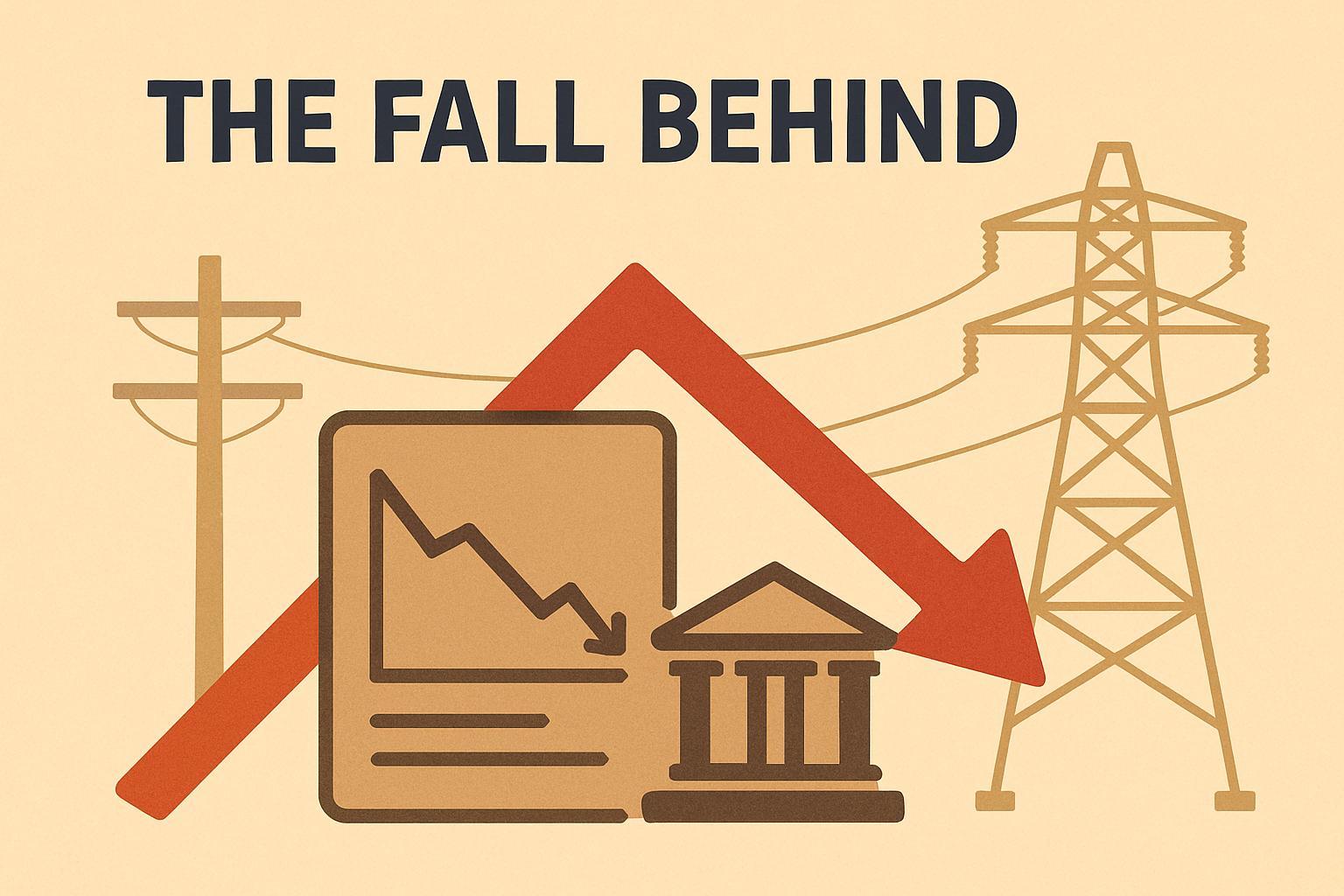The energy sector has always been a cornerstone of economic stability, with power grid infrastructure playing a pivotal role in ensuring reliable electricity distribution. However, in recent years, the Power Grid Investment Trust (PGIT)—a key player in financing and managing grid infrastructure—has seen a noticeable decline. Investors and industry analysts are questioning the reasons behind this downturn and what it means for the future of energy investments.
Why Is the Power Grid Investment Trust Falling Behind?
1. Aging Infrastructure & Rising Maintenance Costs
One of the primary challenges facing PGIT is the aging power grid infrastructure. Many transmission lines and substations were built decades ago and require significant upgrades to meet modern energy demands. The cost of maintenance and modernization has skyrocketed, putting financial strain on the trust.
2. Slow Adoption of Renewable Energy Integration
As the world shifts toward renewable energy sources, power grids must adapt to handle variable energy inputs from solar and wind. Unfortunately, PGIT has been slow in investing in smart grid technologies and energy storage solutions, leading to inefficiencies and reliability concerns.
3. Regulatory Hurdles & Delayed Approvals
Government regulations and lengthy approval processes for grid expansion projects have stalled progress. Delays in permits and policy uncertainties have discouraged private investments, further weakening PGIT’s financial standing.
4. Competition from Private Energy Investors
With the rise of private energy investment firms and decentralized energy solutions, traditional power grid trusts like PGIT are losing market share. Many investors now prefer smaller-scale, renewable-focused projects over large, centralized grid investments.
5. Economic Pressures & Inflation
Rising material costs, labor shortages, and inflation have increased the expenses associated with grid upgrades. Without sufficient funding or government support, PGIT struggles to keep up with these financial pressures.
What’s Next for Power Grid Investment Trust?
Despite these challenges, there are opportunities for recovery:
- Embracing Smart Grid Technology – Investing in AI-driven grid management and energy storage can improve efficiency.
- Public-Private Partnerships (PPPs) – Collaborating with tech firms and renewable energy companies could bring in fresh capital.
- Government Incentives – Lobbying for faster regulatory approvals and subsidies could help revitalize investments.








